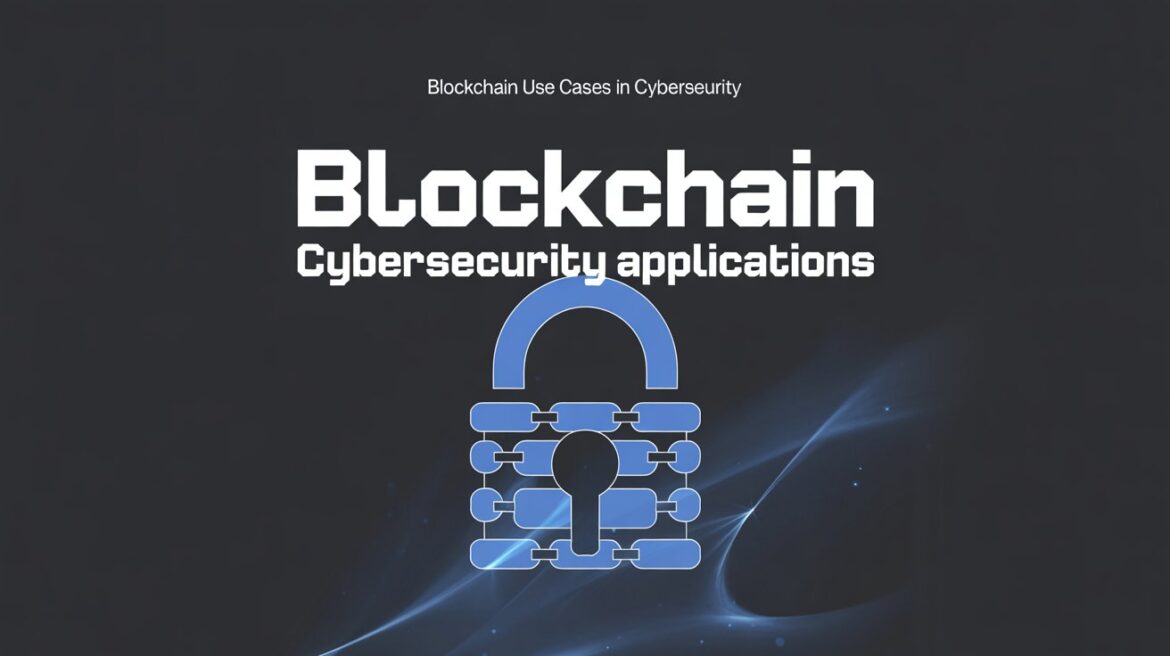As cyber threats evolve in sophistication, organizations seek innovative ways to secure data, verify identities, and detect intrusions. Blockchain, originally developed for cryptocurrencies, offers unique properties—immutability, decentralization, and cryptographic validation—that strengthen cybersecurity postures. In this post, we explore key blockchain use cases in cybersecurity, examine their benefits and challenges, and highlight real-world examples demonstrating how distributed ledger technology (DLT) is reshaping the digital defense landscape.
1. Immutable Audit Trails and Secure Logging
Traditional security logs can be tampered with by attackers seeking to cover their tracks. Blockchain’s append-only ledger ensures that every log entry is cryptographically chained and time-stamped, making retroactive modification virtually impossible.
- Benefits
- Tamper Evidence: Any alteration breaks the hash chain, signaling foul play.
- Distributed Verification: Multiple nodes independently validate logs, eliminating single points of failure.
- Regulatory Compliance: Immutable logs simplify audits for standards like PCI DSS, GDPR, and SOX.
- Real-World Example
Guardtime’s KSI blockchain secures logs for the Estonian government’s e-Services platform, ensuring data integrity across national healthcare, tax, and e-voting systems.
2. Decentralized Identity Management (Self-Sovereign Identity)
Centralized identity providers are prime targets for breaches. By shifting to a self-sovereign identity (SSI) model on blockchain, individuals and devices control their own credentials, reducing reliance on vulnerable identity brokers.
- Benefits
- User Control: Users grant selective disclosure, sharing only necessary attributes.
- Reduced Phishing: Decentralized identifiers (DIDs) and verifiable credentials thwart impersonation.
- Interoperability: Standards like W3C’s Verifiable Credentials enable cross-domain trust.
- Real-World Example
Microsoft’s ION network on Bitcoin enables DIDs for Azure Active Directory, allowing enterprises to issue and verify credentials without a central authority.
3. Secure Software Supply Chain and Code Integrity
Software dependencies and containers often rely on third-party code repositories, which can be compromised. Blockchain can register software artifacts and their cryptographic hashes, providing an immutable provenance trail.
- Benefits
- Provenance Verification: Developers and CI/CD pipelines can validate that code has not been tampered with from build to deployment.
- Transparent Dependency Management: Public or consortium blockchains track versions and ownership of libraries.
- Automated Trust: Smart contracts can enforce signing and verification before artifacts are deployed.
- Real-World Example
Chainlink’s Proof of Reserve and automation tools are used in DeFi to attest to smart contract code authenticity—an approach increasingly adopted by enterprise DevSecOps teams.
4. Threat Intelligence Sharing and Collaboration
Timely sharing of Indicators of Compromise (IOCs) is essential, but centralized threat feeds can be slow and untrustworthy. Blockchain-based platforms enable secure, decentralized sharing of threat data among trusted members.
- Benefits
- Data Integrity: Shared IOCs are timestamped and immutable, preventing tampering or back-dating.
- Access Control: Permissioned blockchains ensure only authorized entities can contribute or consume sensitive threat intelligence.
- Incentivization: Token-based rewards encourage participants to share high-quality, timely data.
- Real-World Example
The Intellexer Threat Block Tracker uses a private Ethereum consortium to share ransomware and malware signatures among financial institutions, accelerating collaborative defense.
5. Distributed Denial-of-Service (DDoS) Mitigation
Traditional DDoS defenses rely on centralized scrubbing centers or CDN providers. Blockchain can coordinate decentralized traffic redirection and rate-limiting among multiple scrubbers, preventing single points of attack.
- Benefits
- Resilience: Attack traffic is dispersed across a global network of nodes.
- Transparent Policies: Mitigation rules in smart contracts execute uniformly, avoiding human error.
- Cost Efficiency: Token incentives can fund community-driven defense nodes.
- Real-World Example
Ankr’s DDoS Shield protocol leverages a decentralized network of validators to scrub malicious traffic, with smart contracts triggering mitigation workflows instantly.
Challenges and Considerations
| Challenge | Mitigation Strategy |
|---|---|
| Scalability & Throughput | Use Layer-2 solutions or sidechains for high-volume logs. |
| Privacy & GDPR Compliance | Employ zero-knowledge proofs to protect sensitive data. |
| Interoperability | Adhere to open standards (e.g., DID, VC, Chainpoint). |
| Governance & Trust Models | Establish clear consortium rules and on-chain governance. |
While blockchain brings formidable security advantages, enterprises must balance immutability with privacy regulations, choose appropriate consensus mechanisms, and ensure seamless integration with existing security infrastructure.
Future Outlook
- Zero-Knowledge Threat Intelligence: Combining zk-SNARKs with blockchain to share encrypted IOCs, revealing threats without exposing proprietary data.
- AI-Driven On-Chain Anomaly Detection: Smart contracts triggering ML models to flag suspicious behavior in real time.
- Cross-Chain Security Frameworks: Standardizing on multi-chain interoperability to share security artifacts across diverse blockchain networks.
As blockchain matures, its synergy with AI, IoT, and edge computing will unlock even more powerful, adaptive cybersecurity solutions.
Conclusion
Blockchain’s core features—immutability, decentralization, and cryptographic assurance—address key pain points in cybersecurity, from tamper-proof logging and decentralized identity to collaborative threat sharing and DDoS resilience. While challenges around scalability, privacy, and governance remain, real-world implementations illustrate the technology’s transformative potential. By strategically integrating blockchain into their security stacks, enterprises can build more transparent, reliable, and robust defenses against tomorrow’s cyber threats.
